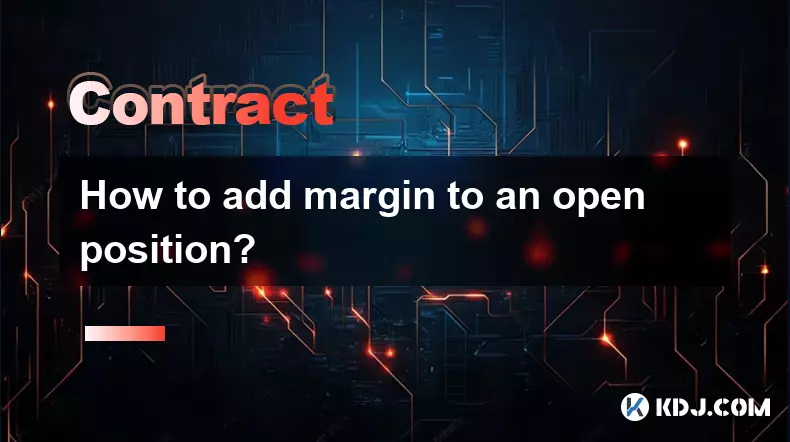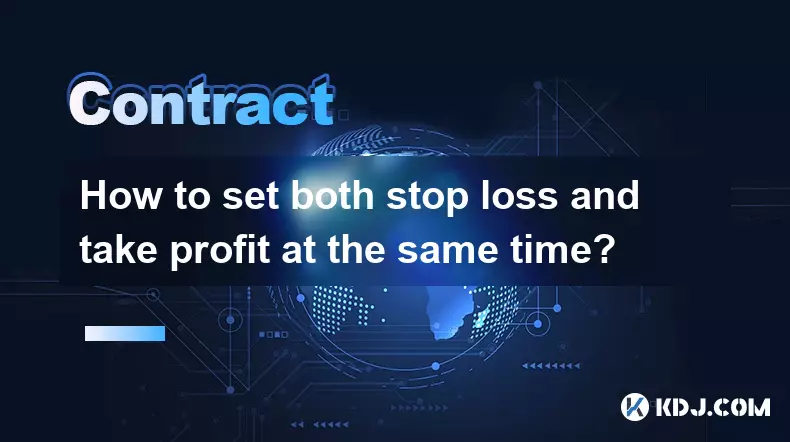-
 Bitcoin
Bitcoin $111200
0.03% -
 Ethereum
Ethereum $4321
0.45% -
 Tether USDt
Tether USDt $0.9999
-0.02% -
 XRP
XRP $2.824
0.89% -
 BNB
BNB $856.7
1.36% -
 Solana
Solana $204.4
0.79% -
 USDC
USDC $0.9998
0.00% -
 Dogecoin
Dogecoin $0.2178
2.21% -
 TRON
TRON $0.3317
-1.04% -
 Cardano
Cardano $0.8334
2.36% -
 Hyperliquid
Hyperliquid $47.48
5.04% -
 Chainlink
Chainlink $22.43
0.45% -
 Ethena USDe
Ethena USDe $1.001
0.01% -
 Bitcoin Cash
Bitcoin Cash $615.9
4.10% -
 Sui
Sui $3.404
2.84% -
 Stellar
Stellar $0.3610
1.92% -
 Avalanche
Avalanche $24.44
1.03% -
 Hedera
Hedera $0.2185
1.99% -
 Cronos
Cronos $0.2710
2.40% -
 UNUS SED LEO
UNUS SED LEO $9.567
0.12% -
 Litecoin
Litecoin $112.4
1.13% -
 Toncoin
Toncoin $3.084
-0.52% -
 Shiba Inu
Shiba Inu $0.00001239
2.12% -
 Polkadot
Polkadot $3.881
2.85% -
 Uniswap
Uniswap $9.394
0.47% -
 Dai
Dai $0.9997
-0.02% -
 Ethena
Ethena $0.7621
16.86% -
 Monero
Monero $269.5
0.69% -
 Aave
Aave $302.2
-1.65% -
 World Liberty Financial
World Liberty Financial $0.1825
-0.64%
How to add margin to an open position?
Adding margin in crypto trading boosts collateral to avoid liquidation, but it doesn't guarantee profits and should be done cautiously to manage risk.
Sep 06, 2025 at 03:00 pm

Understanding Margin in Crypto Trading
1. Margin trading allows traders to borrow funds to increase their position size beyond their available capital. This amplifies both potential profits and losses. In the context of cryptocurrency markets, margin is typically provided by exchanges or lending protocols. When a position is opened with leverage, the trader must maintain a minimum amount of collateral, known as the maintenance margin.
2. Adding margin to an open position refers to depositing additional collateral into that position to reduce the risk of liquidation. As crypto prices are highly volatile, sudden price swings can push leveraged positions close to liquidation thresholds. By increasing the margin, traders improve their position’s health and extend the price range before liquidation occurs.
3. Most major exchanges such as Binance, Bybit, and KuCoin offer a “Add Margin” or “Increase Margin” feature directly within the active position interface. This function allows users to transfer more funds from their spot or futures wallet into the isolated margin of an existing position.
4. The process varies slightly between platforms but generally involves navigating to the futures or margin trading section, selecting the open position, and choosing the option to add more margin. Users can usually choose the amount and the source wallet for the transfer.
5. It’s important to distinguish between cross and isolated margin modes. In isolated margin, the added funds are allocated solely to that specific position. In cross margin, the entire wallet balance acts as collateral, so adding margin manually may not be necessary unless the system prompts for additional funds.
Steps to Add Margin on Major Platforms
1. On Binance, go to the Futures trading interface, locate the open position, and click the “+” icon under the margin section. Enter the amount to transfer from your wallet and confirm the action. The new margin is immediately reflected in the position’s collateral.
2. Bybit provides a similar workflow. In the active position panel, users see an “Add” button next to the margin display. Clicking it opens a window to input the transfer amount. After confirmation, the margin is increased and the liquidation price shifts favorably.
3. KuCoin’s futures platform allows margin adjustments by clicking the “Edit” icon beside the position. Traders can then choose to increase or reduce margin. Reducing margin is riskier and may trigger immediate liquidation if thresholds are breached.
4. Some decentralized platforms like GMX or Kwenta require users to manage collateral through smart contract interactions. This often involves connecting a wallet like MetaMask and approving a transaction to deposit additional assets into the position.
5. Always verify the network and asset type before confirming. Transferring the wrong token or using an incompatible chain can result in loss of funds. Stick to the native collateral assets supported by the position, such as USDT or ETH.
Risks and Considerations When Adding Margin
1. Adding margin does not guarantee profit and should not be used to blindly chase a losing position. If the market continues moving against the trade, even increased collateral may not prevent eventual liquidation. Traders must assess the fundamental and technical reasons behind price movements before injecting more funds.
2. Frequent margin additions can lead to overexposure. A trader might end up committing more capital than originally planned, increasing overall portfolio risk. It’s crucial to set predefined rules for when and how much margin to add.
3. Some platforms charge funding fees on open leveraged positions, which accumulate over time. Increasing margin does not reduce these ongoing costs. Long-term positions with repeated margin top-ups can become expensive due to compounding fees.
4. There is a psychological risk known as “throwing good money after bad.” Traders may feel compelled to add margin to avoid realizing a loss, which can lead to larger losses. Objective analysis should guide decisions, not emotional attachment to a trade.
5. Network delays or exchange outages can prevent timely margin additions during extreme volatility. Relying solely on last-minute margin increases is dangerous. Proactive risk management, including appropriate leverage and stop-loss placement, is more effective.
Common Questions About Margin Addition
Can I reduce margin after adding it?Yes, most platforms allow reducing margin from an open isolated position, provided the remaining collateral meets the minimum maintenance requirement. Doing so increases the liquidation risk and may trigger immediate liquidation if thresholds are violated.
Does adding margin change my leverage?No, adding margin does not automatically change the leverage level. Leverage is calculated as position size divided by margin. However, increasing margin reduces the effective leverage, making the position less risky.
What happens if I don’t add margin when close to liquidation?If the position’s collateral drops below the maintenance margin due to adverse price movement, the exchange will automatically liquidate the position. This results in the loss of the entire margin allocated to that trade.
Is adding margin the same as increasing position size?No. Adding margin increases collateral without changing the position size. To increase position size, a trader must open an additional leveraged order, which may require more margin depending on the desired leverage.
Disclaimer:info@kdj.com
The information provided is not trading advice. kdj.com does not assume any responsibility for any investments made based on the information provided in this article. Cryptocurrencies are highly volatile and it is highly recommended that you invest with caution after thorough research!
If you believe that the content used on this website infringes your copyright, please contact us immediately (info@kdj.com) and we will delete it promptly.
- Coinbase, XRP, and Price Manipulation: What's the Real Deal?
- 2025-09-06 16:25:16
- Ripple, XRP, Millions Offloaded: Should You Worry?
- 2025-09-06 16:25:16
- Trump Media, CRO Tokens, and Acquisition: A New York Minute on the Digital Frontier
- 2025-09-06 16:45:15
- Dogecoin's Technical Setup: Is a Super Rally to $2 Brewing?
- 2025-09-06 14:25:13
- Green Crypto: Sustainable Investments & Promising Projects in 2025
- 2025-09-06 15:50:12
- BNB Price Prediction: Will Binance Coin Reach $1000? A 2025 Analysis
- 2025-09-06 15:05:13
Related knowledge

How to set both stop loss and take profit at the same time?
Sep 06,2025 at 04:36pm
Understanding Simultaneous Stop Loss and Take Profit Orders1. Placing both stop loss and take profit orders at the same time is a standard practice in...

What to do if you are about to be liquidated?
Sep 06,2025 at 01:00am
Understanding Liquidation in the Crypto Market1. Liquidation occurs when a trader’s margin balance falls below the required maintenance margin, forcin...

What is an insurance fund on crypto exchanges?
Sep 06,2025 at 03:36pm
Understanding the Role of Decentralized Exchanges in Modern Cryptocurrency Trading1. Decentralized exchanges (DEXs) have emerged as a cornerstone of t...

How to trade Ethereum futures?
Sep 05,2025 at 03:54pm
Understanding Ethereum Futures Basics1. Ethereum futures are financial derivatives that allow traders to speculate on the future price of ETH without ...

What is the best leverage for beginners?
Sep 06,2025 at 02:37am
Understanding Leverage in Cryptocurrency Trading1. Leverage allows traders to borrow funds to increase their position size beyond their available capi...

How to add margin to an open position?
Sep 06,2025 at 03:00pm
Understanding Margin in Crypto Trading1. Margin trading allows traders to borrow funds to increase their position size beyond their available capital....

How to set both stop loss and take profit at the same time?
Sep 06,2025 at 04:36pm
Understanding Simultaneous Stop Loss and Take Profit Orders1. Placing both stop loss and take profit orders at the same time is a standard practice in...

What to do if you are about to be liquidated?
Sep 06,2025 at 01:00am
Understanding Liquidation in the Crypto Market1. Liquidation occurs when a trader’s margin balance falls below the required maintenance margin, forcin...

What is an insurance fund on crypto exchanges?
Sep 06,2025 at 03:36pm
Understanding the Role of Decentralized Exchanges in Modern Cryptocurrency Trading1. Decentralized exchanges (DEXs) have emerged as a cornerstone of t...

How to trade Ethereum futures?
Sep 05,2025 at 03:54pm
Understanding Ethereum Futures Basics1. Ethereum futures are financial derivatives that allow traders to speculate on the future price of ETH without ...

What is the best leverage for beginners?
Sep 06,2025 at 02:37am
Understanding Leverage in Cryptocurrency Trading1. Leverage allows traders to borrow funds to increase their position size beyond their available capi...

How to add margin to an open position?
Sep 06,2025 at 03:00pm
Understanding Margin in Crypto Trading1. Margin trading allows traders to borrow funds to increase their position size beyond their available capital....
See all articles

























































































